Rjukan
In 1934, Norwegian fuel Company, Norsk Hydro, built a heavy water factory in Vemork, just west of Rjukan. The factory was built in connection with an existing power station where the factory got electricity. Heavy water was a substance needed to produce an atomic bomb. But at this time the research was still in its infancy and the knowledge about the use of heavy water was inadequate. It is therefore incorrect to speak in terms that the Germans understood the meaning of the atomic bomb like we do today. But when the Germans occupied Norway in 1940 and showed interest in the Vemork factory, the British understood that something was afoot. The British SOE (Special Operations Executive) immediately began planning actions against the factory to stop production.
Norwegian agents in Britain began rapidly to prepare and in March 1942, Einar Skinnarland, parachuted over the Rjukan area (Operation Grouse). Einar had local knowledge of the area, and his task was to gather information about the factory in order to prepare future actions. In October 1942, four other Norwegian agents were parachuted. They also had good local knowledge of the area. Their task was to together with Einar prepare a British raid on the factory in November that year. They would locate suitable places for the glider to land and guide the way to the factory. But the raid (Operation Freshmen) that was supposed to be carried out by British engineering troops was a failure. Bad weather and bad planning led to both gliders crashing. One towing plane also crashed, but the other barely made it back to Britain. The soldiers and crew members who did not die in the crash were captured, interrogated and executed.
But SOE was not discouraged by this. The Norwegian agents remained and spent the winter in the wilderness awaiting a new operation. Hunger and cold were ever present and the Gestapo knew something was going on. In mid-February 1943 six Norwegian saboteurs were parachuted. After some trouble, they got in touch with the Norwegian agents and together they began to prepare a new raid. Operation Gunnerside began on February 27. The Norwegian saboteurs managed undetected to enter the facility and place explosive charges on the barrels of heavy water. The saboteurs also managed to escape without being detected and the explosive charges detonated as planned and destroyed the heavy water installations. Although about 3,000 Germans searched the area, the saboteurs managed to escape. Five of the saboteurs fled all the way to Sweden and two others fled to Oslo.
But the Germans were able to resume production within a few months. SOE understood that another raid was not possible because the factory was now heavily guarded. The only option available was to bomb the factory from the air. On 16 and 18 November 1943, the factory was bombed and damaged so severely that the Germans considered that it was not worthwhile to resume production. During the bombing, civilians were also killed, which led to conflicts between the Norwegian government and the british. From the German side, it was understood that there was no point in resuming production and they therefore decided to move production to Germany. This included moving the heavy water already produced. SOE knew this, of course, and commissioned a Norwegian agent, Knut Haukelid, to destroy the barrels with heavy water.
Together with two others, he managed to place an explosive device on the ferry, S/F Hydro, which transported the rail cars with the heavy water. On the evening of February 20, the explosive charge detonated and both the ferry and the heavy water barrels disappeared into the depths. One negative consequence was that fourteen Norwegian citizens drowned when the ferry sank. But the German ambition to produce an atomic bomb had once again been hit by mishaps. It is quite uncertain how far the Germans had come in their atomic research and to what extent the events in Rjukan affected this. German atomic research was, as said before, more or less in its infancy and no atomic bomb was anywhere near completion. The events in Rjukan should therefore not be overestimated, but it should not be underestimated either, as it may have prevented the Germans from making a "dirty bomb" sometimes in a distant future.
Current status: Demolished with museum (2017).
Location: 59°52'16.97" N 08°29'31.35" E
Get there: Car.
Follow up in books: Mackenzie, W.J.M.: The Secret History of SOE: The Special Operations Executive 1940 – 1945 (2002).
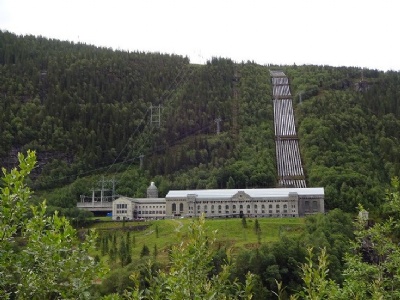
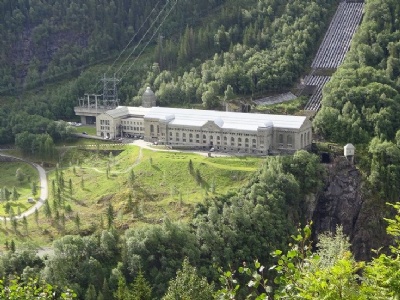
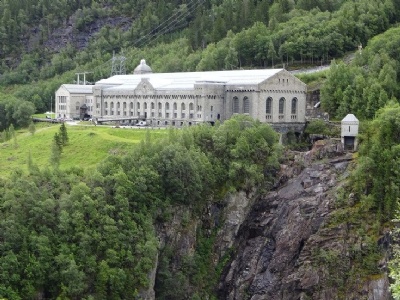
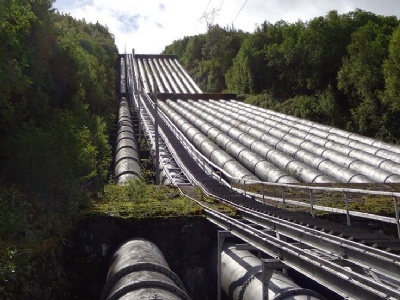
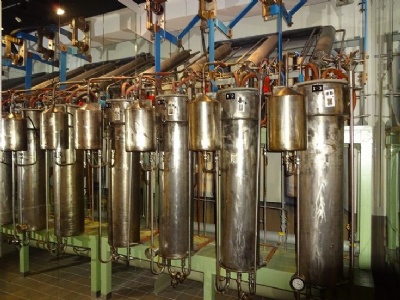
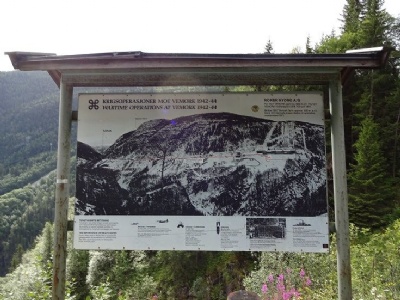

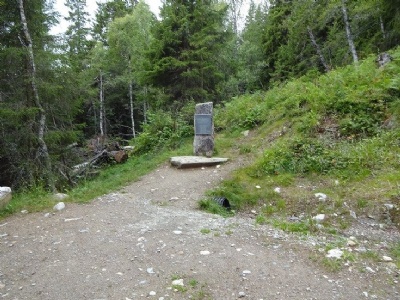
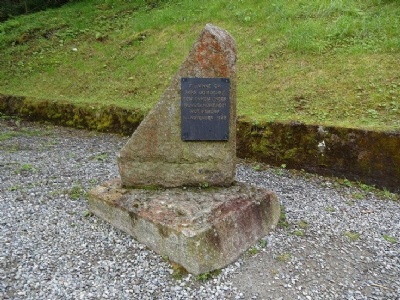
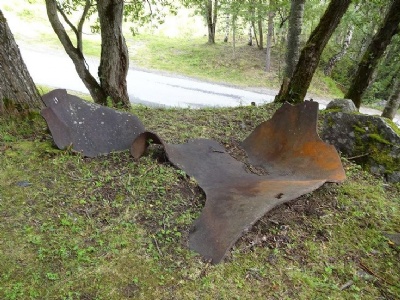

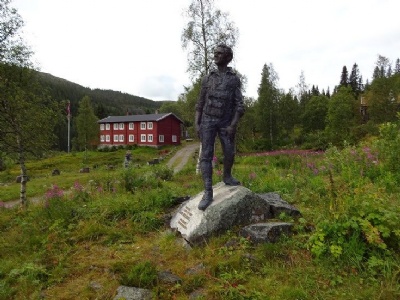
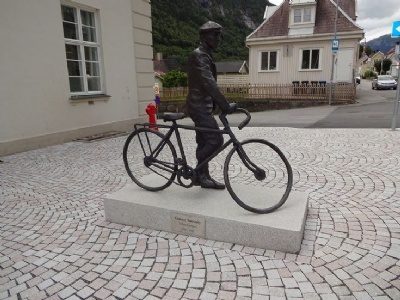


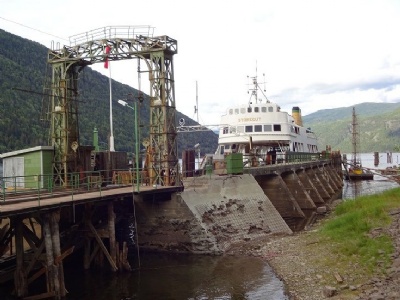
The sabotage against the heavy water factory in Vemork is perhaps the Second World War’s most famous and spectacular mission. At least for us in the Nordic countries and especially in Norway, it is probably without precedent. It has been depicted in books and it has been filmed several times and it has given Rjukan a place in our historical consciousness. Although Rjukan is so much more (great nature) than just the Second World War, it will forever be remembered for this. There are monuments and information boards everyehere in and around Rjukan. But the most worth seeing and known is still the museum located at the power station in Vemork. The factory where the heavy water was produced was finally demolished in 1977 after having been in use since the end of the war.
It is not the heavy water factory that can be seen in the pictures of the museum but the power station. But the power station with its characteristic power lines has become a strong symbol of the raid, even though it has nothing to do with the raid. The museum is not a war museum but an industrial museum where the events of the Second World War are a (smaller) part of the museum. Either way, it is well worth a visit. At Lake Tinn, where S/F Hydro was sank, there is an information board and a memorial to the 14 Norwegian citizens and four German soldiers who died. Norwegians are mentioned by name and age, while Germans remain anonymous.